A Guide to Malolactic Fermentation
Malolactic Fermentation, also known as Secondary Fermentation or “Malo”, is the process in which Malic Acid in the wine converts to Lactic Acid.
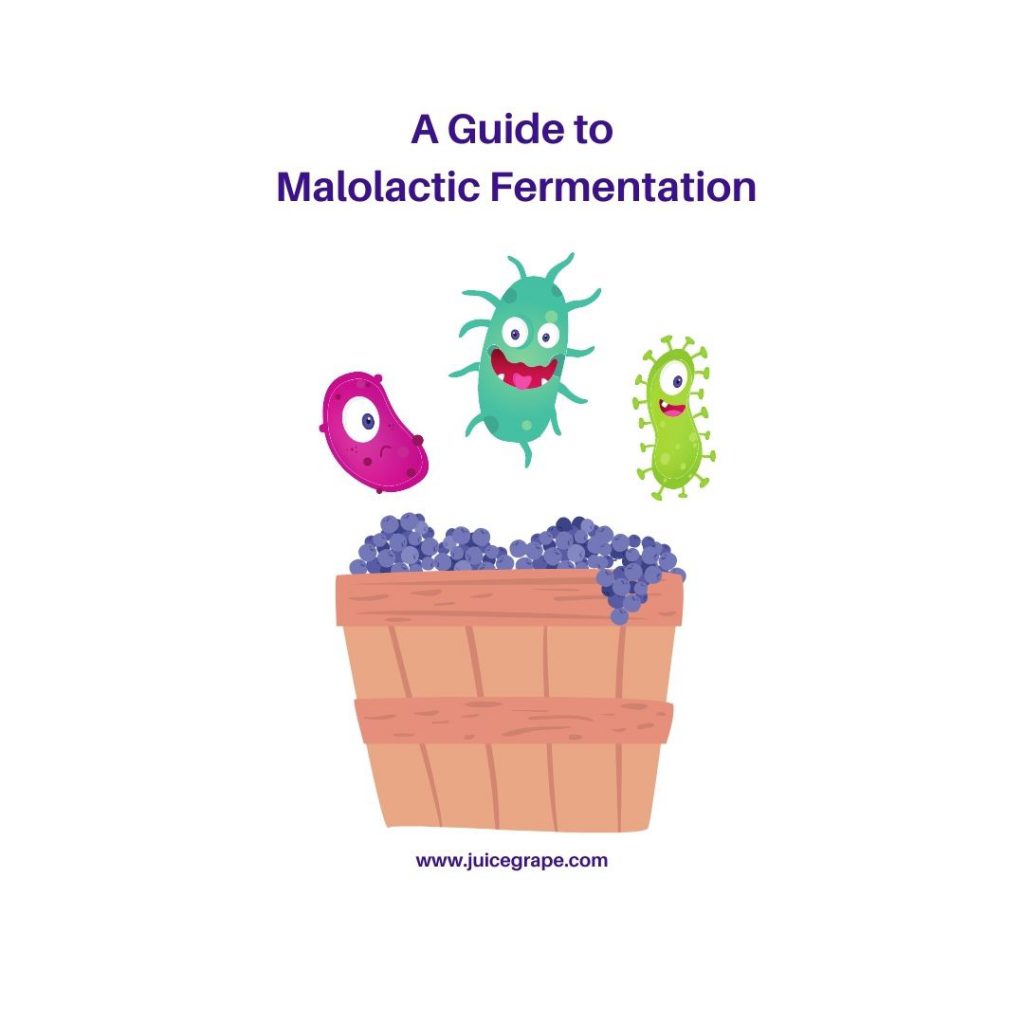
What is Malolactic Fermentation?
As stated above, it is the process in which Malic Acid in the wine converts to Lactic Acid. The primary role of Malolactic Fermentation is to deacidify the wine which affects the sensory aspects of wine, making the mouthfeel smoother and it adds complexity to the flavor and aroma of the wine. The deacidification of the wine happens by converting the harsh diprotic malic acid into the softer monoprotic lactic acid. Nearly all red wines go through Malo while only a few whites, like Chardonnay and Viognier, do. One way to recognize if a wine has gone through Malo is if it has a creamy, buttery mid-palate texture. The buttery flavor comes from diacetyl, a by-product of the reaction.
What is Diacetyl?
Diacetyl is a flavor metabolite produced by lactic acid bacteria known as Oenococcus Oeni. Oenococcus Oeni is the main bacteria responsible for conducting Malo, due to its ability to survive the harsh conditions of wine. It is responsible for the production of the sensory aspects noted above. Malo can happen naturally, though often inoculated with the bacteria culture to jumpstart the process.
When does Malo take place?
Malolactic Fermentation can happen in two different ways, during primary fermentation or after. Amid fermentation, it is Co-Inoculation. After fermentation, it is Post-Fermentation Inoculation. Inoculation that takes place after alcoholic fermentation is the most common practice. When you add bacteria cultures like MBR31 after fermentation is complete, it jumpstarts the Malo process. Co-inoculation takes place at the start of alcoholic fermentation, which allows winemakers to focus on other things such as the improvement of flavor development.
What are the signs that Malo is in progress, and how do I know if it is finished?
The best way to identify malo in progress is bubbles! The malolactic activity can be detected by the presence of tiny carbon-dioxide bubbles. When the bubbles stop, Malolactic Fermentation is complete. This can take anywhere between one and three months.
What are the benefits of each method?
Firstly, the benefits of post-fermentation inoculation include better control of the start time duration of Malo. Lessened biogenic amine production leaves the wine unprotected by sulfite for a limited amount of time. This allows less potential for spoilage by other organisms. It reduces the incidence of excessive volatile acidity and enhances flavor profiles and complexity. The benefits of co-inoculation include lower levels of the inhibitory alcohol that are present at the start of Malo, and no need to apply external heating to the ferment due to the heat generated by the yeast fermentation. This results in faster completion of Malo. This means the wine can have sulfite added earlier and reduces the potential for the growth of spoilage organisms. Finally, a bonus is that bacteria added at the start of the yeast fermentation encounter a nutrient-rich environment.
Need assistance with your winemaking process?
Musto Wine Grape Company is here to help. We offer a wide variety of products and services to help you at any stage in your winemaking journey. Email winemaker@juicegrape.com or call us at (877) 812-1137 to speak with someone who can assist you.
Popular White Grapes for Home Winemakers
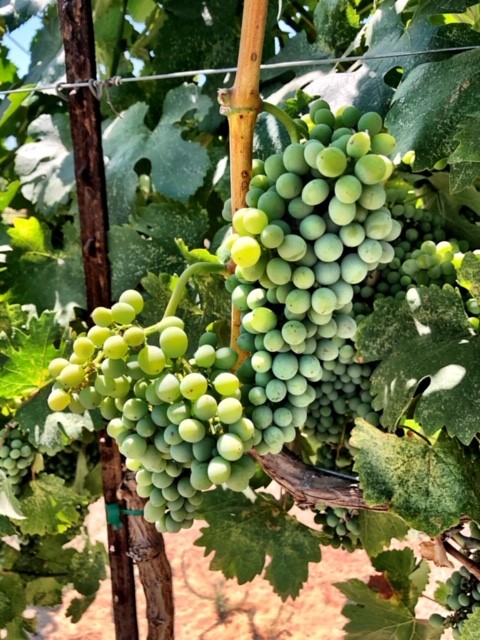
Ever consider making white wine at home but needed some advice on what grapes to use? Here’s the list of the most popular white wine grapes you’ve been looking for to help you get started.
Try these four white wine grapes:
Chardonnay
Sauvignon Blanc
Muscat
Riesling
Why these grapes? Here are some reasons for choosing these white grapes to try in your home winemaking cellar:
• Chardonnay – One of the world’s most popular grapes and ages for 5-10 years made in a wide range of styles from lean, sparkling to rich, creamy white wines aged in oak. It’s primary flavors include: yellow apple, pineapple, vanilla and butter with a taste profile that makes it a dry, medium bodied wine with medium acidity and 13.5–15% ABV
• Sauvignon Blanc – Loved for its “green” herbal flavors and racy acidity; ages 3-5 years and has primary flavors of gooseberry, honeydew, grapefruit, white peach and passion fruit and makes a dry medium to light bodied wine with high acidity and 11.5–13.5% ABV
• Muscat – This grape is available in many styles, from dry to sweet to still, sparkling, and fortified, ages 3-5 years with primary flavors including orange blossom, Meyer lemon, Mandarin orange, pear and honeysuckle that produces an off-dry light bodied white wine with medium to high acidity and under 10% ABV
• Riesling – An aromatic white variety that can produce white wines ranging in style from bone-dry to very sweet; ages over 10 years. Its primary flavors include lime, green apple, beeswax, jasmine and petroleum and produces an off-dry wine with a light body, with high acidity and under 10% ABV
Which white wine grape will you try this season? We’d love to hear your experience with these popular grapes.
Email sales@juicegrape.com or call 877-812-1137 to order or discus making wine from home!
Sources
Written by Michelle Griffis aka the Nutmeg Nose from MWG
The Body of Wine: What is it?
When you are first starting out in the wine-tasting world, you come face to face with the intensity and complexity of certain wines as you taste them. One of the things that your palate will start to recognize is the thickness and texture of the wine in your mouth. We identify this mouthfeel as the body of the wine. It can be difficult to explain a wine’s body because it is not as obvious as sweetness or acidity.
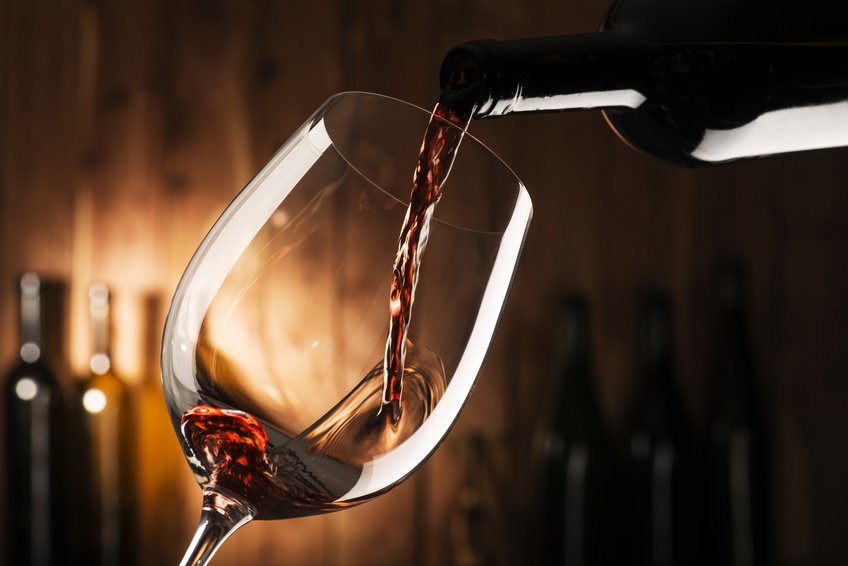
The body of wine can be described in three ways:
When the body of a wine is light, think of drinking a glass of water. It’s thin, goes down easily, and is smooth.
When the body of a wine is medium, think of drinking a glass of skim milk. The consistency is thicker, but not too thick, and sticks around in your mouth a little longer.
Lastly, when the body of a wine is full, think of drinking a glass of whole milk. This would be the thickest, with the longest-lasting finish.
Light-bodied wines
Light-bodied wines are light and delicate on your palate making them popular during the summer because they are crisp and refreshing.
Medium-bodied wines
These wines are known for being “in-between” because there is no true cut off for where they actually sit on the tasting spectrum. Sometimes they can be more light-to-medium bodied, or they can be medium-to-full. These wines are usually the best to pair with food because they have the perfect balance of tannins and acidity.
Full-bodied wines
These robust and powerful natured wines are bold. These would include deep red wines and ports, and these characteristics come from their skins which are packed with tannins. If you taste a full-bodied wine, you’ll notice it leaves a coated finish in your mouth.
What gives a wine its body?
Tannins, sugar, and acids all contribute and determine the overall body of a wine. Something that can help you determine the body of a wine is its alcohol level. Alcohol adds to the intensity and thickness of a wine. The more alcohol that wine has, the heavier it becomes and the bigger mouthfeel it offers. The grape itself determines the body, starting in the skins. Thick-skinned grapes like Cabernet Sauvignon contain a lot more extract than Pinot Noir, which is thin-skinned. Production methods also impact the weight of the wine as well, say if the wine was oaked. White wines tend to be much lighter than red wines, but there can be fuller-bodied white wines – like buttercream chardonnay.
Can I make my own?
Musto Wine Grape Company is here to help you make the wine of your dreams! The Spring Chilean winemaking season starts in late April, early May. Secure your winemaking grapes or juices and give us a call at (877) 812-1137 to speak with one of our Musto Crush Crew members. We can get you set up with everything you need and provide customer support along the way to ensure your success!
The Winemaker’s Think Tank: Vol 9 – How long will my wine last?
What’s the Winemaker’s Think Tank?
Every Thursday we will post about a few frequently asked questions that our winemaker has answered. If you have a winemaking question you would like to have answered, please email us at support@juicegrape.com and we will try to get into next week’s post. Cheers! 🙂
How long will my wine last?
All wine ages differently. Certain varietals benefit from aging, others are meant to be consumed quickly. Generally, the more tannic the wine, more it will benefit from aging. Other factors influence a wine’s potential to age as well. If the winemaker chooses not to add sulfites to the wine (not recommended), the wine will not age as well and should be consumed within a year. If the proper level of sulfites are added, the wine stored at an appropriate temperature (55-62 degrees Farenheit), and not exposed to light, it should be able to age for many years. Some varietals that benefit from aging are Chardonnay, Cabernet Sauvignon, and Malbec. Some varietals that do not necessarily benefit from aging are Gewurztraminer, Sauvignon Blanc, and Cayuga.
We hope this information helps with your winemaking. If you have any follow up questions or winemaking questions in general, please email us at support@juicegrape.com.
Harvest Update: 8/25/2016
ARRIVING to Hartford, CT Early Next Week:
8/29/2016:
LODI
- Costamagna Chardonnay
- Lodi Gold Grenache
- Valley Beauty Barbera
- Smiling Baby Merlot
- Valley Beauty Zinfandel
9/1/2016:
LANZA – Suisun Valley
- Sauvignon Blanc
CENTRAL VALLEY
- Cry Baby Muscat (42lb)
- Muscat King (42lb)
- Cry Baby Thompson Seedless (42lb)
- Lugano Old Vine Zinfandel
- Lucerne Old Vine Zinfandel
JUICES from LODI
- A Mix of Varieties
Call 877.812.1137 or email sales@juicegrape.com for more information
White Wine Grapes from Chile
Hello Winemakers!
Below are the Brix numbers for the White Wine Grapes from Chile. We received Chardonnay, Pinot Grigio, Sauvignon Blanc, and Viognier early this morning. We are looking forward to you all picking up and enjoying the white wine grapes of Chile! It looks like it’s going to be a great vintage!
Chardonnay: 22.5
Pinot Grigio: 23.5
Sauvignon Blanc: 23.0
Viognier: 22.5
The reds should be arriving in early May, we will keep you updated as soon as the grapes clear customs! Keep an eye on our blog, harvest tracker, and social media platforms.
Brix (°Bx) is a way to measure the potential alcohol content of a wine before it’s made by determining the sugar level in grapes. Each gram of sugar that’s fermented will turn into about a 1/2 gram of alcohol. (description via Wine Folly)
*Please keep in mind these numbers are only sample of what arrived from Chile. Please make sure to take your own Brix readings when you receive your grapes for the best possible fermentation outcome.
Thank you and Happy Winemaking! 🙂
Yeast Pairings for Chilean Wine Grapes
Yeast Pairings for Chilean Wine Grapes
Cabernet Sauvignon: BM45, BM4X4, D80, RC212, D254
Cabernet Franc: BM45, RP15, D254, D80, BDX
Petite Verdot: BM4X4, D80, D254
Chardonnay: QA23, VIN13, D47, COTE DES BLANCS
Pinot Grigio: 71B, VIN13, QA23, R2
Sauvignon Blanc: VIN13, QA23, R2, D47, V1116
Which yeast will you use? 🙂
Also, don’t forget to watch our Youtube Video on “Yeast & Stuck Fermentation”
Cheers! And Happy Winemaking!






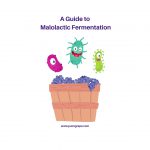
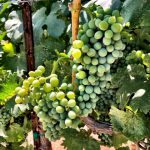

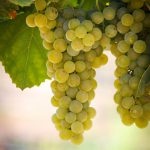
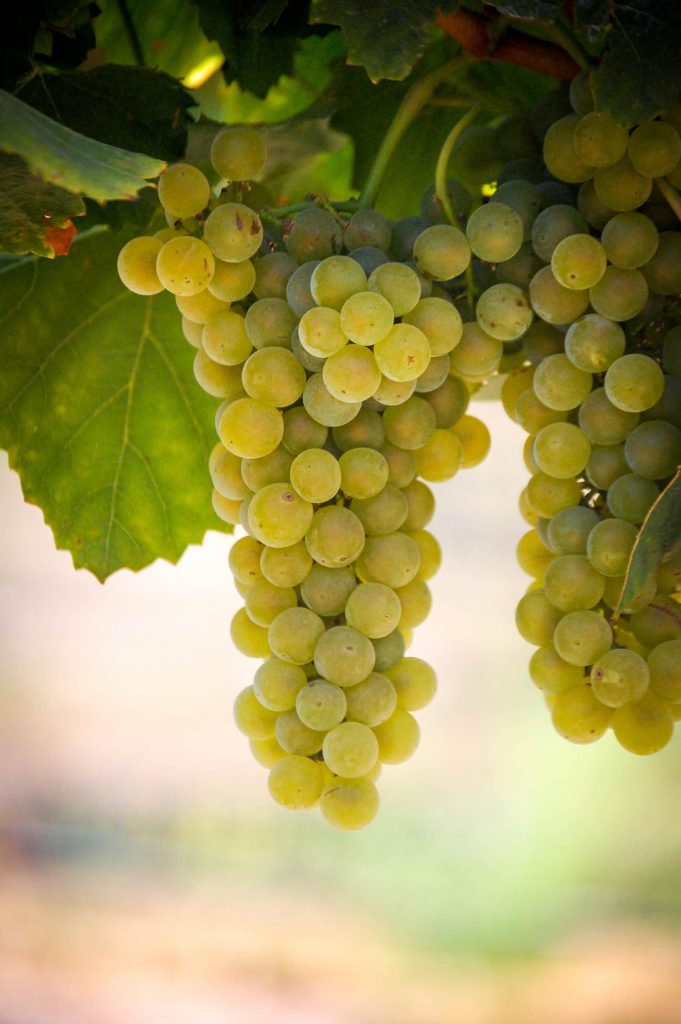


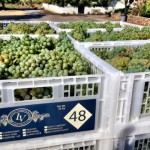




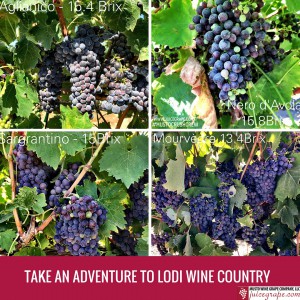
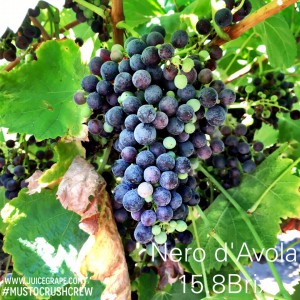
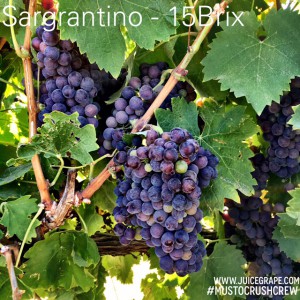
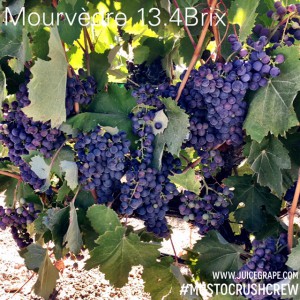
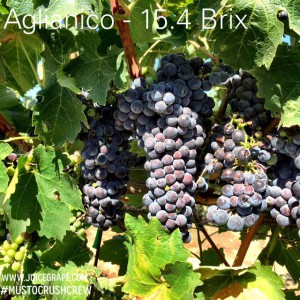
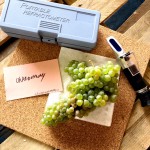
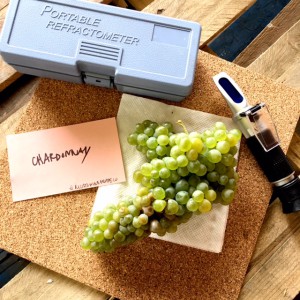
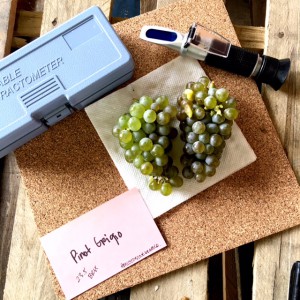

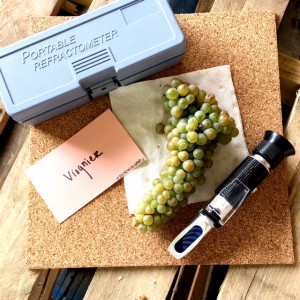
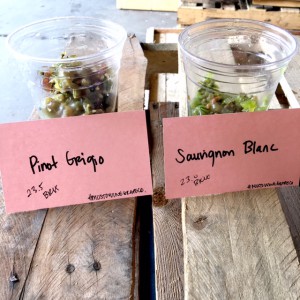
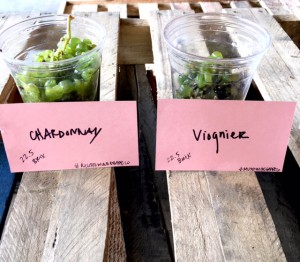


Recent Comments